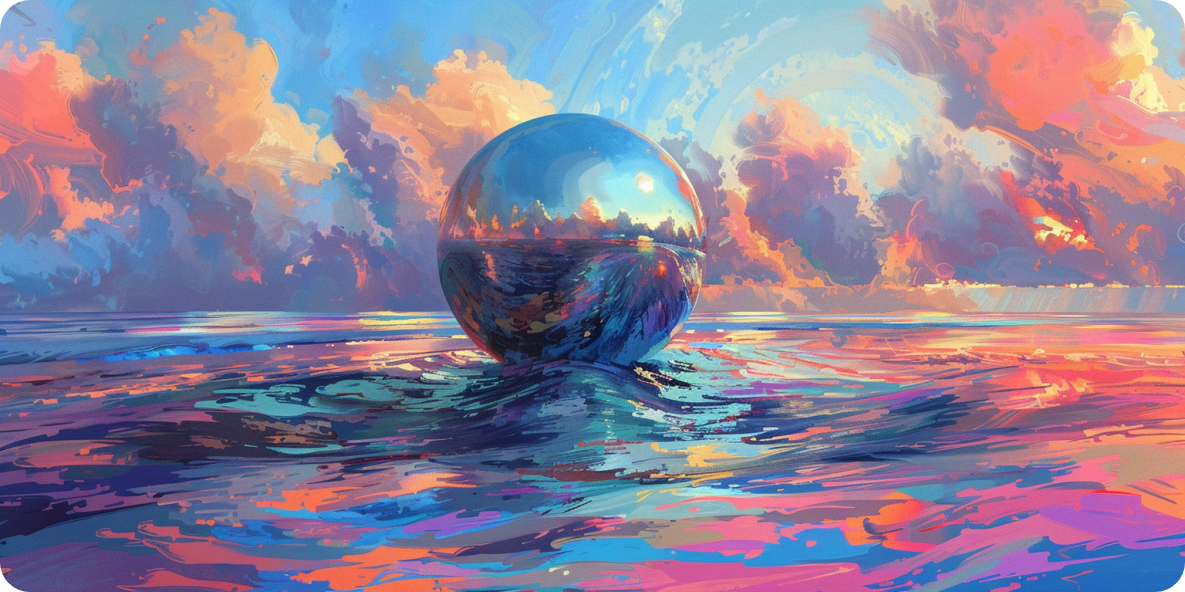Zora is a vibe. It’s also an increasingly dominant force in the NFT ecosystem, with its pillars now including the most influential NFT protocol, the leading NFT creator platform, and the leading art-centric Ethereum Layer 2 (L2).
User-friendliness is a big factor here:
- 🎨 Creatives can now sign up and create on Zora without a wallet and without crypto, meaning anyone can jump in.
- 💎 On the flip side, fans can collect any NFTs minting on Zora with ETH from any chain Zora supports without waiting for bridging.
- 📉 Also, since the introduction of blobspace via EIP-4844, average transaction fees on the Zora Network have fallen to $0.001, or one-tenth of a cent, making the L2 very affordable for NFT activity.
Relatedly, artist-friendliness is another big factor in Zora’s growing strength:
- 🧑🎨️ Zora Create is one of the simplest DIY mint interfaces around.
- ⛓️ Artists can create and customize NFT drops on contracts they control on any of the supported chains, currently Ethereum, OP Mainnet, Base, Arbitrum, Blast, and Zora Network.
- 🔀 Additionally, splits let groups of creators automatically distribute earnings from mints among themselves.
- 🪙 The keystone, though, is Zora Protocol Rewards, which lets artists earn from Zora’s 0.000777 ETH protocol fee every time someone collects from their “free mints,” i.e. drops with no list price. Zora creators earned +$4M rewards in March 2024 alone this way.
These utilities have attracted a large and passionate user base of creatives, many of whom are increasingly turning to the Zora L2. So far people have deployed over 426k NFT contracts and participated in over 10.6M mint transactions on Zora Network, which only launched in June 2023.
However, another considerable draw for Zora is how it is constantly rolling out new functionalities. In recent months, the team has added Arbitrum and Blast, deployed Uniswap on Zora Network, and unveiled a slew of new features like paying via credit card, support for HTML drops, ERC-20 minting, and Canvas, a media remixer tool for putting anything onchain.
Yet it’s not just the Zora team building around Zora!
For example, infra-wise Alchemy just brought Account Abstraction support to Zora Network, and Conduit just rolled out the ability to deploy L3s (like an L2 atop an L2) over Zora Network. On the app side of things, platforms like Warpcast, Interface, and Surreal are becoming new gateways for collecting and commenting on Zora mints, especially with the rise of scenecoins.
Taken altogether, the bull case for Zora going forward is if it keeps doing exactly what it’s doing now, i.e. continuing to be at the forefront of NFT UX, continuing to uplift onchain artists, continuing to add new features, and continuing to benefit from new infra and apps, particularly crypto social ones.
Another thread to watch closely is whether Zora can keep becoming a hub for AI creativity. They’ve added support for AI layers in Canvas, and the team’s been thinking a lot about AI x onchain as evidenced by recent write-ups like AI+ and Mintellectual Property. There’s a lot more to come here, in my opinion.
Of course, there will be challenges ahead as well. For example, the Zora Network is an adolescent L2, and the work to mature and decentralize it will continue for some time. But these challenges will bring opportunities, too, and if anyone can tackle them, it’s Zora.
